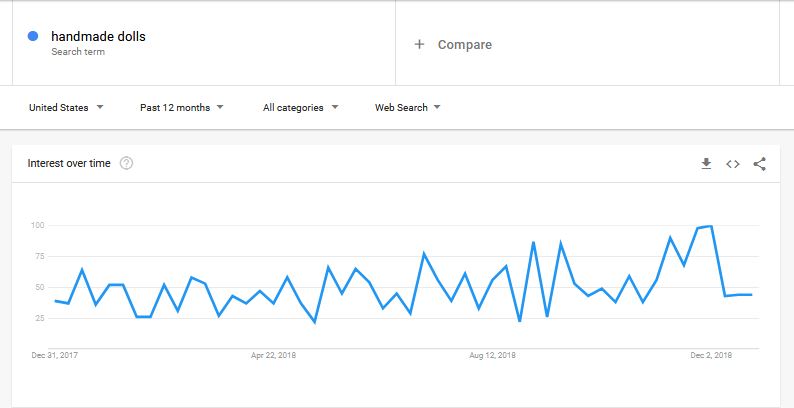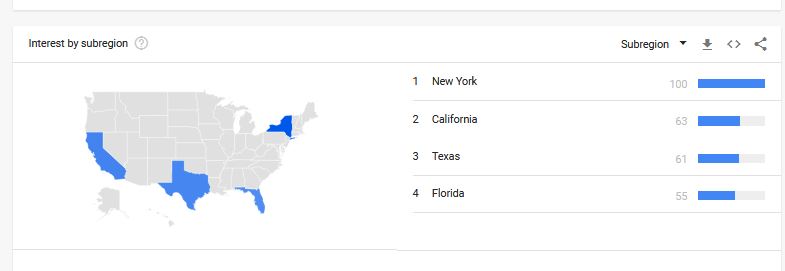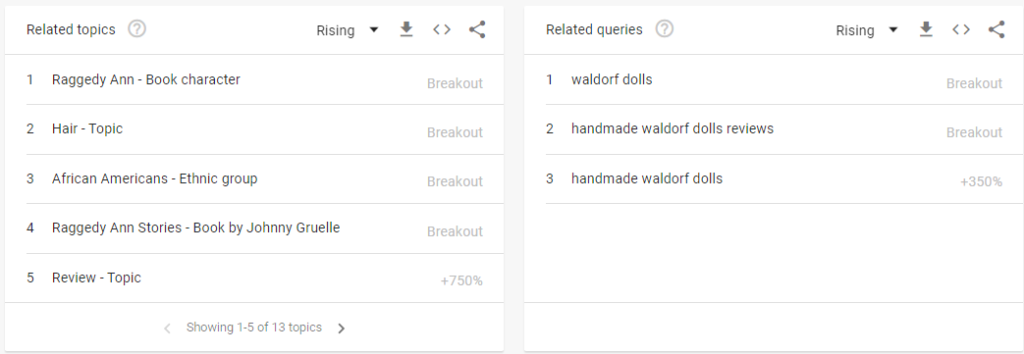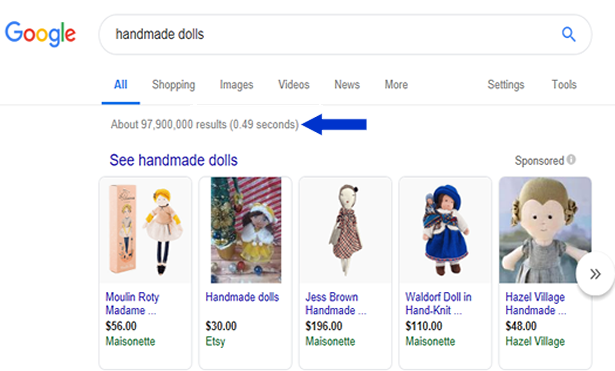Indie authors are becoming overnight sensations in the New York Times and USA Today, on Amazon, and everywhere e-books are sold, proving there’s no longer a stigma to self-publishing. Publishing your own ebook has never been easier and more profitable!
How would you like to have the title of ‘author’ added to your name without going through the difficulty of book publishing? With the technology of e-books, you could make money by writing your own books and selling them online.
What Is An Ebook?
E-books, as the name implies, are simply electronic books that can be compiled with special software and read on a personal computer (PC) or an electronic device designed specifically for reading e-books (e-book reader). E-book readers are becoming more and more common.
Benefits of Creating E-books:
There are so many ebooks available on the market today, covering every imaginable topic and catering to a different audience. In some genres, self-published e-books even outsell those from traditional publishers, because readers are looking for fresh new authors and stories that aren’t written using a formula. If you’re in business, an e-book can be your new business card and play an important part in your content marketing plans.
What Makes a Good ebook Publisher?
If you can use a word processor, have a book written—or have an idea for one—and want to see your name in print, you just might have what it takes to succeed in self-publishing E-books. A flair for writing is desirable or you feel you can share expert advice and information on a specific field. But of course, not any ebook will do. You will want to come up with one that will best appeal to your target audience.
Starting an ebook business online can be a profitable venture, especially when done strategically. Here are the key steps to launching your ebook business:
1. Choose Your Niche
- Identify your target audience: Select a niche that you are passionate about and knowledgeable in. Some successful niches include personal development, entrepreneurship, faith-based content, health, or niche hobbies.
- Research market demand: Use tools like Google Trends, Amazon Kindle Bestsellers, and keyword research tools to discover high-demand ebook topics.
2. Create or Source Your Ebook Content
- Write your own ebook: If you are an expert or have experience in your chosen niche, write an ebook that offers value, practical advice, or solves a problem.
- Hire a ghostwriter: If writing isn’t your strength, hire a freelance writer to create the content based on your ideas.
- Use public domain content: Some entrepreneurs repackage content from public domain sources and make it more accessible or up-to-date.
Tips for writing a good ebook:
- Focus on solving a specific problem for your audience.
- Ensure the ebook is engaging, well-structured, and formatted for easy reading.
- Keep the content practical, especially in areas like business or personal development.
3. Format the Ebook
- Use tools like Microsoft Word, Google Docs, or Scrivener to write and format your ebook.
- Convert it to popular formats like PDF, EPUB, or MOBI using tools like Calibre or Kindle Create (for Amazon Kindle).
- Ensure the design is visually appealing, especially with a good cover, as first impressions matter. You can create a professional-looking cover using tools like Canva or hire a designer from platforms like Fiverr or 99designs.
4. Set Up Your Website or Platform
- Create your own website: You can use platforms like WordPress or Shopify to create an ebook storefront where you can sell directly to customers.
- Join an existing platform: Many entrepreneurs use established ebook marketplaces such as Amazon Kindle Direct Publishing (KDP), Apple Books, Gumroad, or Etsy.
- Set up a payment processor: If selling on your own site, integrate payment processors like PayPal, Stripe, or Square to handle transactions.
5. Price Your Ebook
- Research the average prices of ebooks in your niche to stay competitive.
- Consider offering tiered pricing, bundles, or discounts for multiple purchases.
- Experiment with pricing to see what works best for your audience (lower prices may attract more readers, but premium pricing can signal higher value).
6. Market Your Ebook
- Social Media: Use platforms like Instagram, Facebook, Pinterest, and LinkedIn to promote your ebook and engage with your audience.
- Email marketing: Build an email list and nurture it with valuable content, then promote your ebook to your subscribers. Tools like Mailchimp or ConvertKit are ideal for email campaigns.
- Content marketing: Write blog posts, create videos, or host podcasts around topics related to your ebook. Optimize your content for SEO to attract organic traffic.
- Paid advertising: Consider running Facebook or Google ads to drive traffic to your sales page.
- Collaborations: Partner with other influencers, bloggers, or businesses in your niche for cross-promotion.
7. Collect Reviews and Feedback
- Ask your first customers or readers for feedback and reviews. Positive reviews will increase trust and improve conversion rates on platforms like Amazon.
- Implement feedback to continuously improve your ebook quality or release updated versions.
8. Scale and Grow Your Business
Automate and systematize: Use email marketing funnels, automated ads, and content scheduling tools to reduce manual work and grow your audience.
Create more ebooks: Once you have a successful launch, create additional ebooks in similar or complementary niches to build a series.
Offer complementary products: You can sell workbooks, online courses, or memberships alongside your ebooks.













